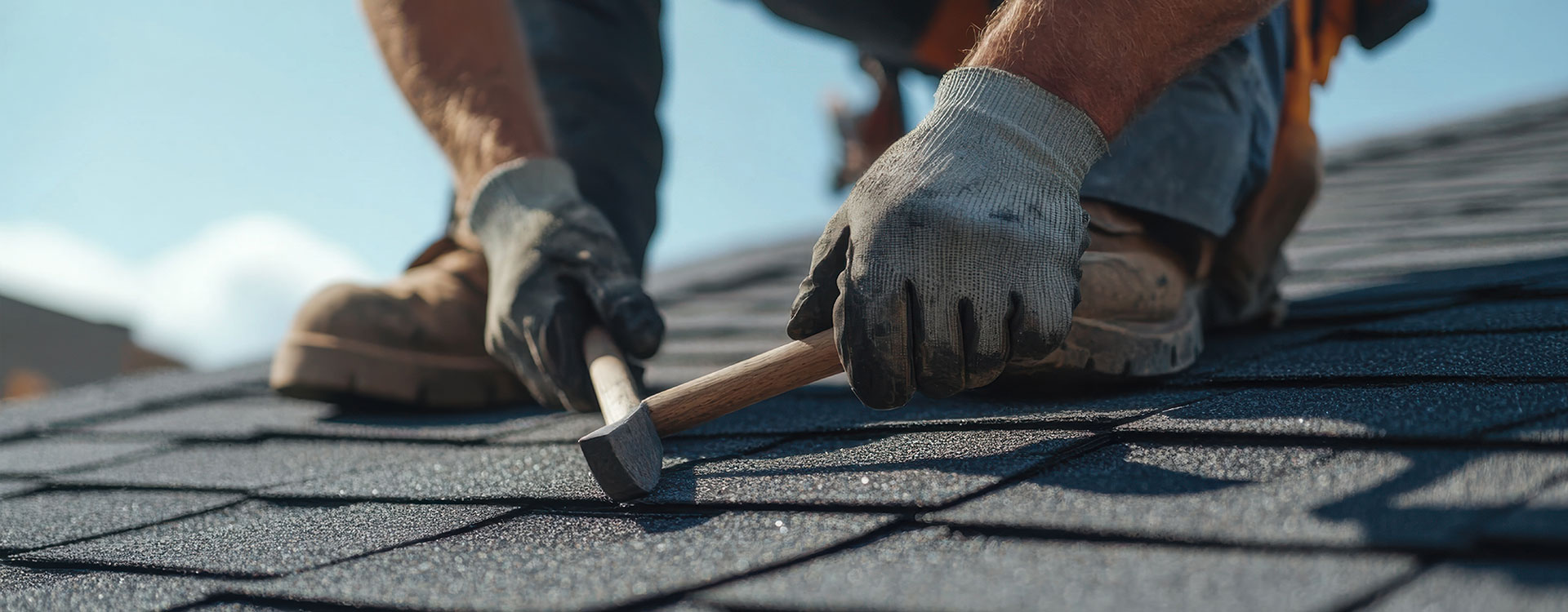

Shingles
Asphalt shingles offer a range of advantages as a roofing material. They’re both widely used and budget-friendly. Compared to other roofing types, shingle roofs generally need less upkeep, which can help reduce long-term costs. Available in a broad array of styles and colors, shingles make it easy to match the look of your home. Their straightforward installation process also helps keep labor and installation expenses down.
Metal
Metal roofing delivers a host of benefits for both residential and commercial properties. These roofs are known for boosting energy efficiency, as metal reflects heat rather than absorbing it. A standout feature of metal roofs is their incredible longevity. They need little upkeep and tend to come with fewer repair costs. In addition, metal roofs are highly resistant to harsh elements like strong winds, fire, and hail—helping to keep damage-related expenses to a minimum.
Flat Roofs
Flat roofs are a common choice for commercial structures, known for their longevity and energy-saving properties. Many flat roofs use reflective surfaces that help reduce cooling costs. These roofs are durable and usually require less frequent maintenance. They are also designed to stand up well against wind and fire. Typical materials used include EPDM, TPO, or PVC, each offering durability and performance in demanding environments.
Cedar Shakes
Though not as commonly used today, wood remains a preferred material for certain projects—especially when historical accuracy or a specific aesthetic is needed. Cedar is the most popular option for wood roofing. It's essential to work with a skilled professional when it comes to installing and maintaining a wood roof. Proper care helps prevent deterioration and extends the life of the wood, preserving both appearance and function.